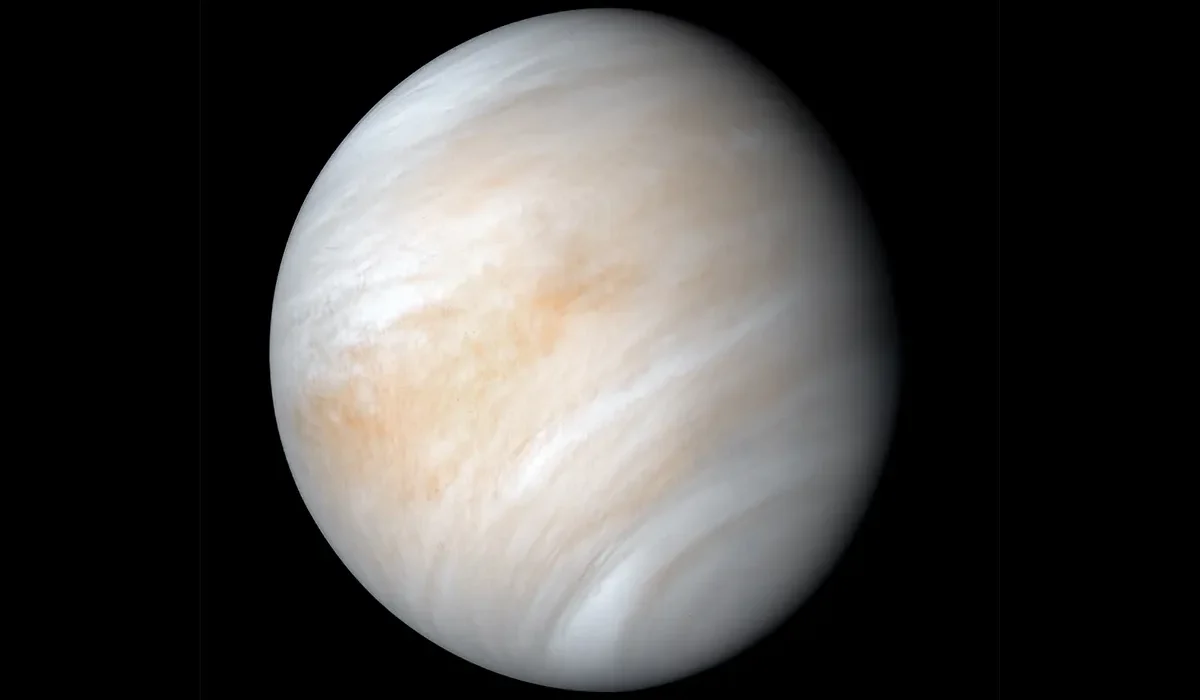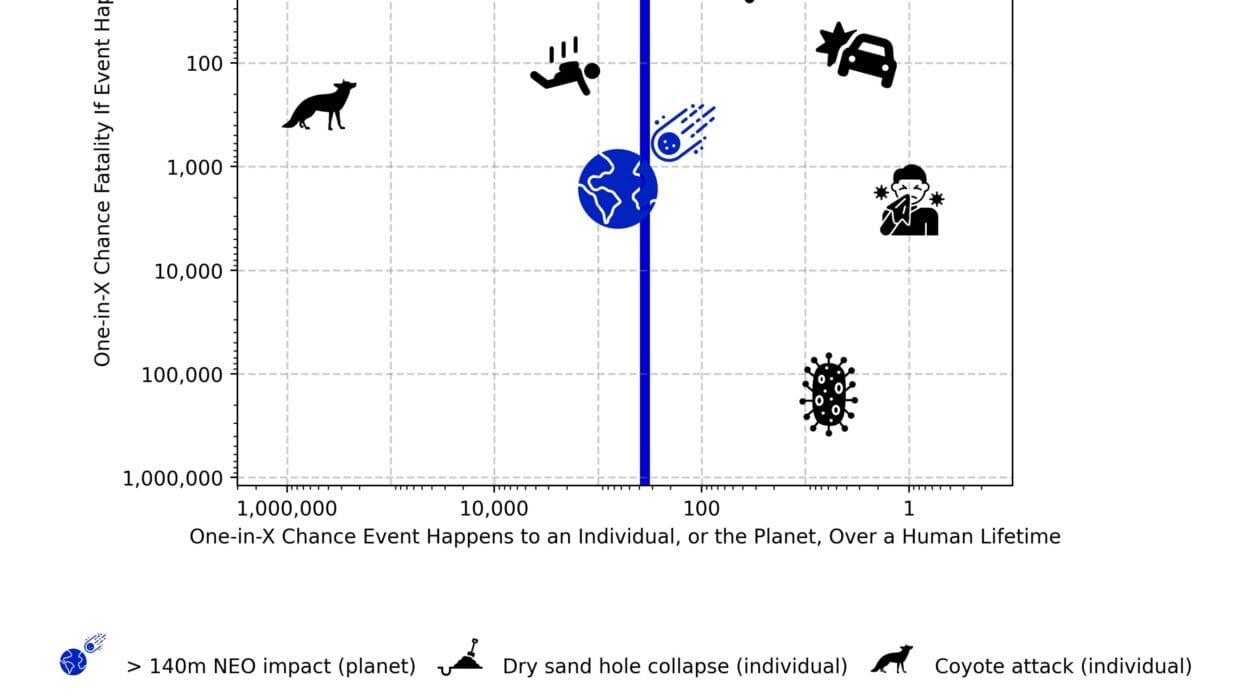For most of human history, the Moon has been a distant and mysterious companion in our night sky. It has guided explorers across seas, inspired countless myths and legends, and stirred the imaginations of poets, dreamers, and scientists alike. In July 1969, humanity took its first small step onto its dusty surface, and for a brief moment, it seemed as though the stars were finally within our grasp.
But after the Apollo missions ended, that momentum seemed to fade. For decades, the Moon was left in silence again, as humanity turned its attention back to Earth—or beyond, to robotic explorers on Mars and deep-space telescopes probing the farthest reaches of the universe.
Now, as we stand in the midst of a new space age, the dream of living on the Moon is no longer science fiction. It’s becoming science fact. Space agencies, private companies, and visionary scientists are all racing to make humanity’s next giant leap: turning the Moon into our second home.
But what would it actually be like to live on the Moon? How would we survive its harsh environment, build homes, grow food, and create a thriving lunar community? Join me on this journey, as we imagine life on the Moon—a future that may be closer than we think.
Why the Moon?
You might be asking: why return to the Moon at all? After all, we’ve already been there. Why not go straight to Mars?
The answer lies in both opportunity and necessity.
The Moon is Earth’s closest celestial neighbor, a mere 384,000 kilometers (about 239,000 miles) away. That’s only about three days’ travel with current technology—a stone’s throw compared to the months-long journey to Mars. It makes the Moon an ideal first step for practicing deep space living and exploration.
In many ways, the Moon is a cosmic testing ground. Here, we can perfect the technology, life support systems, and survival strategies we’ll need to go further into the solar system. More importantly, the Moon may hold vital resources that could fuel a new era of space exploration—and maybe even transform life back on Earth.
A Wealth of Resources
We used to think the Moon was a barren wasteland, but recent discoveries have painted a different picture. There’s water ice hidden in the permanently shadowed craters at the lunar poles. This isn’t just a game-changer—it’s a life-changer. Water can be split into oxygen for breathing and hydrogen for fuel. It can sustain human life and enable rocket launches from the Moon’s much weaker gravity.
Then there’s helium-3, a rare isotope that the Moon has in abundance. Some believe it could be the key to unlocking clean, almost limitless fusion energy.
Lunar soil, or regolith, contains metals and minerals like aluminum, titanium, and silicon—potential building blocks for lunar habitats, machinery, and solar panels. Instead of hauling expensive materials from Earth, we could mine and manufacture directly on the Moon.
Gateway to the Solar System
Establishing a base on the Moon could serve as a springboard for the entire solar system. Launching from the Moon is far easier than launching from Earth because of its lower gravity and lack of atmosphere. Imagine a future where spacecraft refuel on the Moon before heading to Mars, asteroids, or beyond. The Moon could become humanity’s first true spaceport.
The Harsh Reality of Lunar Living
But let’s not sugarcoat it—living on the Moon is no picnic. It’s a hostile, alien world, and surviving there presents enormous challenges.
Extreme Temperatures
On the Moon, there’s no atmosphere to trap heat or block the Sun’s rays. When the Sun is up, temperatures can soar to 127°C (260°F). At night, they plummet to -173°C (-280°F). That’s a temperature swing of over 300°C (over 500°F)!
This means lunar habitats must be incredibly well-insulated and designed to maintain stable internal temperatures. Some scientists propose building homes underground or within lunar lava tubes, which offer natural shielding from temperature extremes and radiation.
Deadly Radiation
Speaking of radiation, Earth’s magnetic field protects us from most of the harmful cosmic and solar radiation streaming through space. The Moon, however, offers no such protection. Anyone living there would need shelter to avoid potentially lethal doses of radiation.
Regolith can help here too. By piling lunar soil on top of habitats, or by living inside lava tubes, future Moon dwellers can create a protective barrier. Some propose using advanced materials that reflect or absorb radiation in smart ways.
Microgravity: Not Quite Weightless
The Moon’s gravity is about 1/6th of Earth’s. That means you’d weigh 16% of what you do on Earth. Sounds fun, right? Think of the jumps you could make! But long-term exposure to low gravity poses health risks. Muscles weaken, bones lose density, and the heart and other organs can change in ways we don’t fully understand yet.
Astronauts on the Moon would need strict exercise regimes, perhaps even special suits or artificial gravity solutions, to maintain their health over time.
Lunar Dust: The Silent Menace
One of the Apollo astronauts’ biggest complaints was the Moon dust. Lunar regolith is extremely fine, sharp, and clingy. It sticks to everything, gets into machinery, and can be harmful if inhaled. It’s like living in a world coated with powdered glass.
Future Moon bases will need high-tech filtration systems and airlocks to keep dust outside where it belongs.
Building a Home on the Moon
So how do we create a home in such a hostile environment? Architects and engineers are already hard at work designing habitats for lunar life.
Inflatable Habitats and 3D-Printed Homes
One approach is inflatable habitats that are launched from Earth and expanded on the Moon. These flexible structures can be covered with regolith or other shielding to protect against radiation.
But there’s an even more exciting idea: using 3D printers to build habitats directly from lunar soil. Robots could print entire bases layer by layer using regolith mixed with binding agents. This would mean fewer materials need to be brought from Earth, making lunar colonization more sustainable and cost-effective.
Lava Tubes: Nature’s Shelters
Beneath the Moon’s surface are massive lava tubes—ancient tunnels left behind by flowing lava. Some of these are large enough to fit entire cities. They offer natural protection from radiation, temperature extremes, and micrometeorite impacts.
Scientists imagine future lunar cities hidden underground, lit by artificial suns and powered by solar energy from the surface.
Life Inside a Lunar Base
Inside a Moon base, life would be different, but surprisingly familiar in some ways. People would live in pressurized habitats with breathable air, stable temperatures, and artificial lighting.
Food and Water
Water would come from melted ice or recycled systems. Every drop would be precious and reused as much as possible.
Food might be grown in hydroponic or aeroponic farms, using nutrient-rich water solutions instead of soil. Scientists are already experimenting with growing plants in simulated lunar regolith. Future Moon farmers might grow crops like potatoes, lettuce, and soybeans inside greenhouses, providing fresh food and oxygen.
Energy
Energy is key to survival. Solar panels would be the main power source, especially near the poles where sunlight is more constant. In darker regions, nuclear reactors might provide backup power.
Leisure and Community
Life on the Moon wouldn’t just be about survival. Communities would need to thrive, not just endure. Lunar residents might spend time in communal areas, exercising, socializing, and even enjoying art and entertainment.
Imagine playing sports in low gravity, or taking a Moonwalk outside in a specially designed suit. Lunar colonies would need culture, creativity, and connection—just like any human society.
Who Will Go?
At first, it will be scientists, engineers, and astronauts paving the way. These pioneers will be part of small, tight-knit teams running research missions and building infrastructure.
But as technology advances and costs come down, the Moon could open to tourists, entrepreneurs, and even permanent settlers. Companies like SpaceX, Blue Origin, and others are already working on spacecraft capable of bringing humans and cargo to the Moon regularly.
Perhaps one day, children will be born and raised on the Moon, becoming the first true Selenites—citizens of another world.
The Economics of Lunar Living
Lunar colonization isn’t just a scientific dream—it’s a potential economic revolution.
Mining and Manufacturing
Mining helium-3 and rare metals could fuel industries back on Earth. Manufacturing in the Moon’s low gravity and vacuum environment might allow for the creation of high-tech products, like ultra-pure semiconductors or exotic materials impossible to make on Earth.
Tourism and Exploration
Space tourism is already becoming a reality, and the Moon could be the ultimate destination. Imagine luxury lunar hotels with breathtaking views of Earthrise, or adventure tours exploring ancient craters.
Scientific Discovery
A permanent Moon base would offer an unparalleled platform for science. Telescopes on the far side of the Moon could observe the cosmos without interference from Earth. Astronomers might unlock secrets of the early universe, while geologists study the Moon itself to learn about the history of our solar system.
The Ethics of a Lunar Colony
As we reach for the Moon, we also have a responsibility to tread carefully.
Environmental Stewardship
The Moon has been untouched for billions of years. As we establish a human presence, we must ensure we don’t pollute or destroy its unique environment. International agreements like the Artemis Accords aim to set rules for responsible exploration and resource use.
Equity and Access
Who gets to live on the Moon? Will it be limited to wealthy nations and billionaires, or can lunar exploration benefit all of humanity? Ensuring fair access and sharing the benefits of space resources is a crucial ethical challenge.
The Next Giant Leap
Living on the Moon may seem like a wild dream—but so did powered flight, space travel, and landing on the Moon itself. Each giant leap has always begun with a bold idea and brave people willing to make it real.
In the coming decades, we may witness the first permanent human settlement beyond Earth. Moon bases will grow into lunar cities. Children will laugh and play in low gravity playgrounds. Farmers will harvest crops under artificial suns. Engineers will build rockets that leap from the Moon to Mars, and explorers will push ever further into the final frontier.
The Moon, once a distant silver orb in the sky, will become our second home—a stepping stone to the stars.
And who knows? Maybe one day, you’ll find yourself standing on the Sea of Tranquility, staring back at the blue Earth hanging in the black sky. You’ll smile, knowing that humanity’s greatest adventure has only just begun.
Conclusion: A Future Within Reach
Living on the Moon isn’t just an escape from Earth or a sci-fi fantasy—it’s an opportunity to expand the horizons of human potential. It’s about learning how to survive in new environments, tapping into space resources, and forging new paths for science, industry, and culture.
The next few decades will define whether we take this next giant leap. Will we choose to stay Earthbound, or will we reach out to the Moon and beyond? With determination, cooperation, and innovation, the Moon could become the cradle of humanity’s future as a spacefaring civilization.
As we stand at the edge of this new era, one thing is certain: the Moon is calling, and we are ready to answer.






